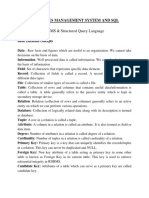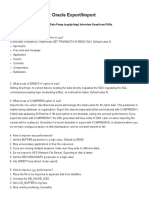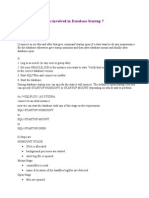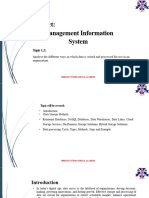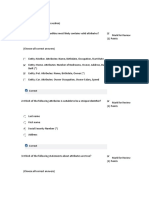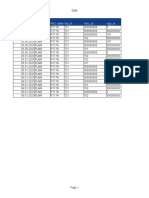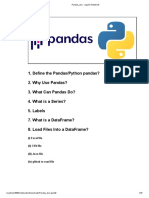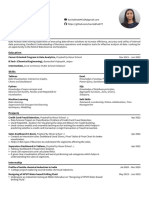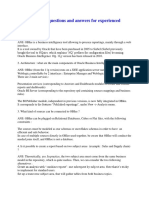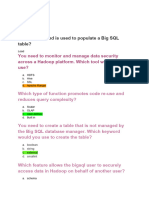0% found this document useful (0 votes)
39 views18 pagesDatabase Management System
The document provides an overview of Database Management Systems (DBMS), explaining key concepts such as data, information, databases, and the role of DBMS in managing data. It discusses various components like fields, records, tables, and keys, along with the advantages and disadvantages of using a DBMS. Additionally, it covers database models, normalization, and Structured Query Language (SQL) for managing databases.
Uploaded by
pratikpudasaini19Copyright
© © All Rights Reserved
We take content rights seriously. If you suspect this is your content, claim it here.
Available Formats
Download as PDF, TXT or read online on Scribd
0% found this document useful (0 votes)
39 views18 pagesDatabase Management System
The document provides an overview of Database Management Systems (DBMS), explaining key concepts such as data, information, databases, and the role of DBMS in managing data. It discusses various components like fields, records, tables, and keys, along with the advantages and disadvantages of using a DBMS. Additionally, it covers database models, normalization, and Structured Query Language (SQL) for managing databases.
Uploaded by
pratikpudasaini19Copyright
© © All Rights Reserved
We take content rights seriously. If you suspect this is your content, claim it here.
Available Formats
Download as PDF, TXT or read online on Scribd
/ 18

































